Most workers dread meetings. They often go on too long, aren’t structured properly, and feature speakers that put them to sleep.
However, meetings and presentations are necessary to your company’s success. Even if you’re just meeting quarterly, or presenting a new company strategy once a month, it’s good to get in some face time with everyone and bounce ideas off one another.
Do you want your meetings and presentations to run smoothly, and ensure that everybody gets something out of them? We have some tips that will help you plan and produce meetings that are not only productive but also effective and powerful for your business.
Establish a Pre-determined Schedule
Even if certain people are scheduled to speak at a meeting, there will almost always be a few souls that love to chime in when it’s not their turn.
Here’s how to avoid this from happening:
- Email your agenda out to your attendees a day or two ahead of time.
- Include meeting topics and speakers’ names.
- Allow a section for open discussion.
When you let everyone know that they’ll get a chance to express themselves eventually, it leaves less room for interruption. If you don’t do this, certain team members may feel anxious and unable to concentrate, wondering when they can blurt their thoughts and ideas out. Feel free to set a time limit for that open discussion if you fear it could last for eons.
Set a Timer
Meetings can go on forever if you don’t acknowledge a set time for the meeting to start and end. And despite all the research done to determine a meeting’s ideal length, that is simply a metric one needn’t waste time measuring. Instead of fussing over what Forbes tells you to do, try observing your own situation.
Ask yourself the following:
- How long does it take before everyone starts to appear antsy or restless?
- Are people already checking their phones at 30 minutes in?
- Do you notice your audience spacing out after an hour?
While there really is no formula to ensure the perfect meeting time, the most productive people take breaks. If the meeting is running a bit too long, issue a five-minute break. Give everyone a chance to stretch, grab a coffee, and check their phones for whatever cool news they may have missed.
Remember that all the time you spend meeting with employees is costing your company valuable time and money. Because those 2 hours they just spent in your meeting are 2 hours you won’t have them doing the job you pay them to do.
Start All Meetings Off With a Hook
There is nothing worse than a speaker who stands at the front of the room regurgitating boring facts and statistics. In the beginning of your meeting or presentation, you should start it off with a funny anecdote or a little bit of interesting information. You can also begin by asking a question such as “Show of hands: Who likes the Beatles?” or anything else that will require a vast majority of your audience to raise their hands. It’ll catch them off guard and get some blood flowing for a moment. If you don’t get them hooked (either physically or mentally) within the first few seconds, they will just end up tuning you out.
Use Visual Aids
According to Pearson, 65 percent of people are visual learners. If you’re comfortable with visualizing your ideas to the whole room, you’ll have a better chance of connecting with everyone. This is where a whiteboard comes in handy. You can jot down, brainstorm, and literally draw the group’s ideas into fruition. You’re also able to flesh out the processes that will make these ideas work.
The most effective ways to visualize are arrows, triangles, and funnels.
- ARROWS: Tom Fanelli writes that drawing ARROWS is very effective because it shows movement.
- TRIANGLES: Fanelli also says that stacked triangles can help visualize “the many levels of a project, infrastructure, or concept, as well as highlight percentages that make up a whole.”
- FUNNELS: The use of funnels makes it easy to illustrate sales and marketing processes.
If you’re not great at drawing or multi-tasking with your whiteboard, you could create a fun whiteboard video and show it during your meeting. Within your video, tell a compelling story and make sure you include breaks. Your employees will grow impatient if your video gets too long.
Wrapping Up
Thanks to these tools and tips, you’ll be hosting much better meetings and presentations in no time! You’ll also end up saving time, energy, and plenty of resources.
For additional advice on workplace organization and productivity, check out our Contentverse blog. If you’d like to learn more about our document management software, take a tour on our site.
A version of this article was originally published as How to Host Effective Meetings that Boost Productivity by Kylie Ora Lobell on July 28th, 2015.




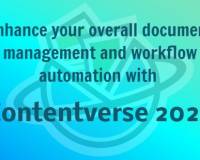


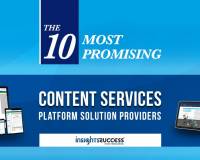
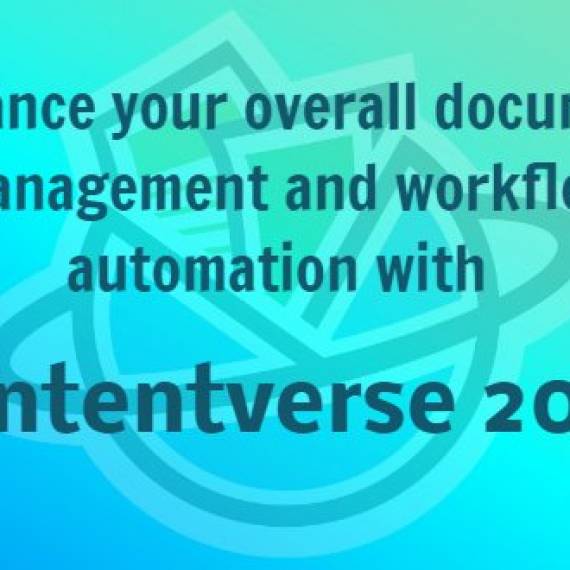
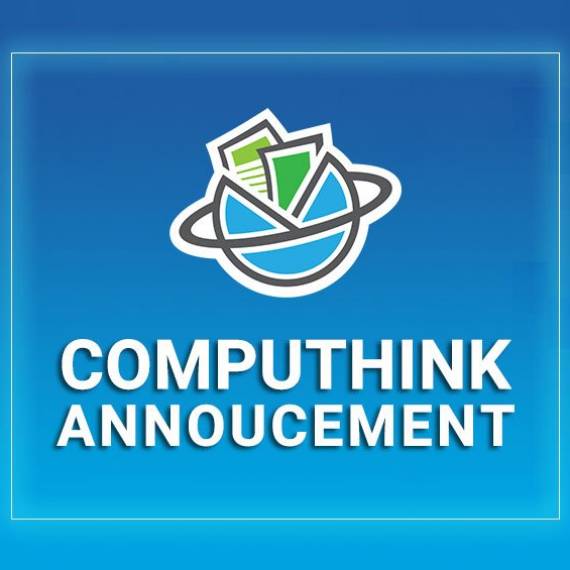
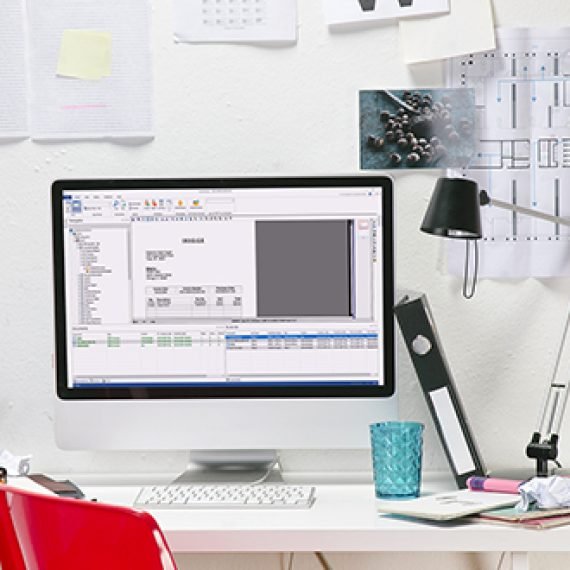
Leave a Comment